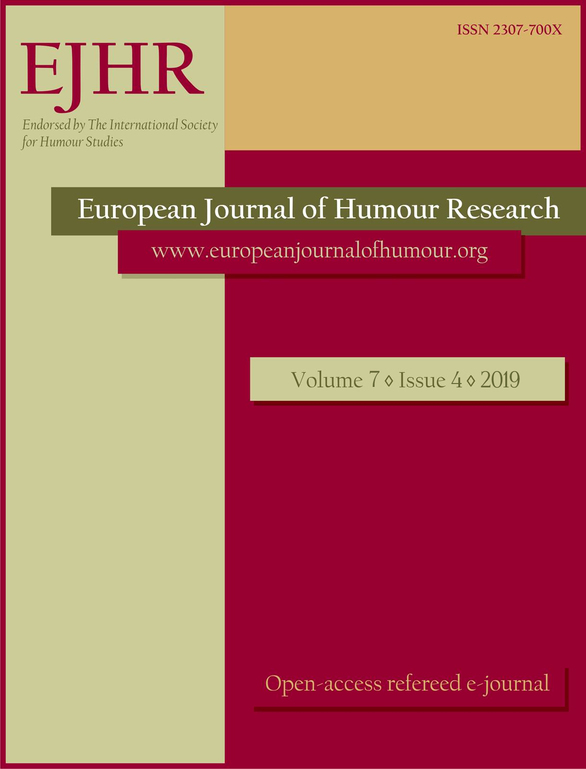Audiovisual translation of puns in animated films:
Audiovisual translation of puns in animated films:
strategies and procedures
Author(s): Elena AleksandrovaSubject(s): Social Sciences, Language and Literature Studies, Fine Arts / Performing Arts, Applied Linguistics, Communication studies, Descriptive linguistics, Film / Cinema / Cinematography, Translation Studies
Published by: Krakowskie Towarzystwo Popularyzowania Wiedzy o Komunikacji Językowej Tertium
Keywords: metamodernism; translation; pun; quasi-glocalisation; realia;
Summary/Abstract: The translation of the pun is one of the most challenging issues for translators and interpreters. Sometimes, puns, especially those containing realia, are considered to be untranslatable. Most translation strategies and procedures offered in previous findings for the translation of realia-based puns are not appropriate for audiovisual translations of animated films, for either dubbing or subtitling, because of the specificity of the target audience, and the genre. The problem of choosing the most relevant strategy and procedures for realia-based puns is underexplored. To narrow the gap, metamodern and semiotic approaches are applied to the translation of puns. In accordance with the semiotic approach, a pun is considered as a type of language game based on the use of the asymmetry of the form, and the content of the sign. The “Quasi-translation” strategy discussed in this paper reflects the metamodern attitude towards the game, whereby “game change” is one of the basic postulates. “Quasi-translation” involves three types of translation procedures: quasi-localisation, quasi-globalisation, and quasi-glocalisation. The term “quasi-glocalisation” is also used to denote the general strategy for the translation of audiovisual works containing realia-based puns, which involves: 1) oscillation between the need to adapt the translation to the target culture, and the need to preserve the culturally-marked components of the original; and 2) the reproduction of “atmosphere” (the common reality of the perceiver and the perceived). This insight can be used by audiovisual translator-practitioners, and university teachers in the course of translation theory and practice.
Journal: The European Journal of Humour Research
- Issue Year: 7/2019
- Issue No: 4
- Page Range: 86-105
- Page Count: 20
- Language: English

